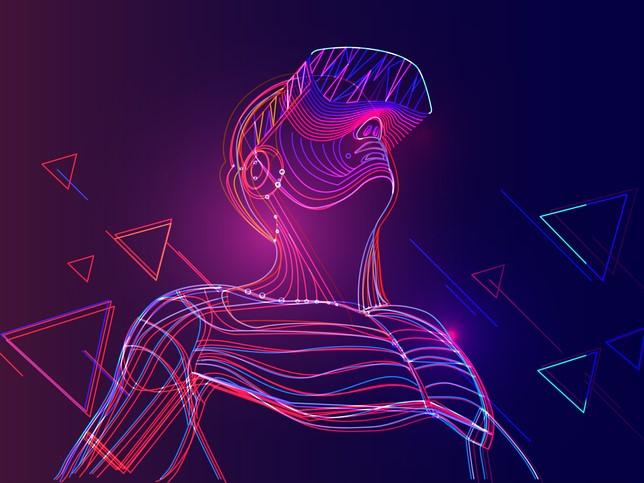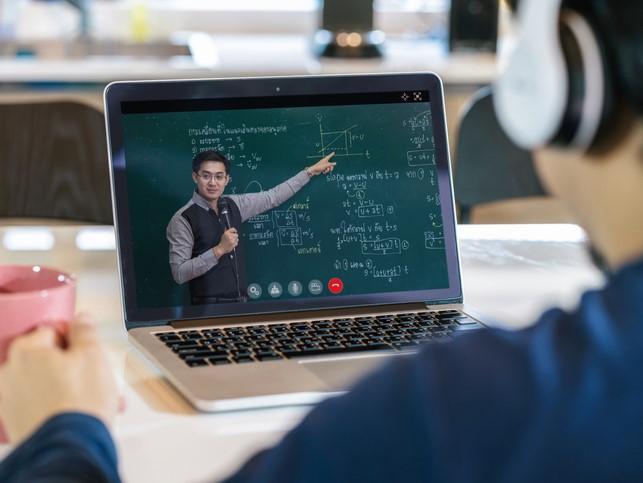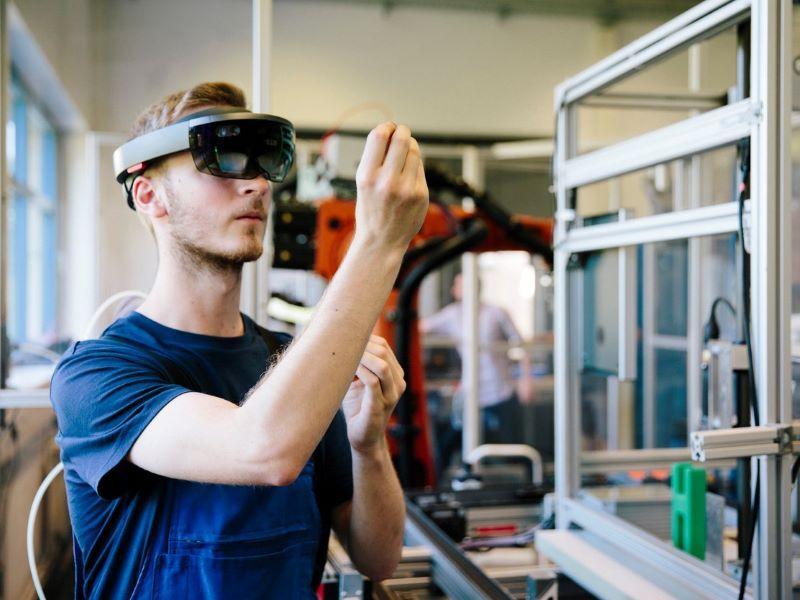The extended realities (XR) of virtual and augmented reality (VR and AR) are an emerging research frontier. They constitute a new 3D medium in which the physical limitations of the real world can be set aside. The possibilities are vast and dizzying. The commercial prospects of XR have the largest tech companies in the world investing heavily, none more so than Facebook, which changed its name to Meta to reflect its focus on creating and colonising this new XR domain. It calls this the metaverse.
If Meta is right – and I think it is – the next decade or so will see the rise of a whole new domain of information and interaction that is essentially spatial. The changes in our lives and society that will result will be extensive and well worth studying on their own, but XR and the metaverse are not just a new topic to study, they are already a means by which research is conducted and a mode of dissemination. Like the printed word and the internet before it, this new medium of information exchange will go from the novel curio many perceive today to one of the ubiquitous tools of our future work.
In 2022, XR research mainly lives in silos within organisations: it’s typical for some research groups or departments to have a lab or an occasional headset, but there’s rarely any joined-up institutional thinking about how to create an environment fit for the research we want today and will need tomorrow. This must change if we’re to understand and shape our extended future reality.
At Glasgow, we’re tackling this head-on. Our £116 million Advanced Research Centre (ARC) will be the creative and collaborative heart of research at the University of Glasgow. Right at its centre sits our dedicated XR space – ARC XR – one of the biggest XR spaces in the UK. ARC XR will be a central resource for researchers to push research boundaries and explore new collaborations.
The investment in this resource is considerable – upwards of £1.5 million to date – and the main challenge in such a fast-moving technological landscape is to ensure that we build a resource with lasting relevance and impact. This requires abstracting away from the tech of today and distilling XR research to its essential elements – the aspects that will persist as devices shrink and users evolve. What I have discovered along the way is that space, hardware, content and staff survive the distillation. They are the primary elements that we can influence in stimulating XR research.
Space is the first and foremost requirement. Glasgow’s ARC XR has about 110 square metres of clear space that can be used as one extraordinary area for large group projects or subdivided into three 6m x 6m units to allow several projects to run in parallel.
Hardware is the second requirement – and an evolving one. The best XR hardware of today will soon be overtaken, and budgets must anticipate that, but there will be a persisting requirement for graphical computing power that exceeds what will fit on any wearable device. ARC XR is equipped with edge computing capacity that allows lightweight headsets to get heavyweight graphical computing power wirelessly for this reason.
Content refers to the 3D models that populate the experiences in XR. Software platforms such as Altspace for social interaction, Tilt Brush for drawing or edify for DIY scene creation will be essential, but they can be adopted as and when required – whereas ensuring that we have the capacity to source or create our own 3D content for teaching and research is a longer-term commitment.
Hence investment is required, either for the procurement of 3D computer models of the objects and environments that our intended experiences require, or the development of internal capacity to develop the models and tools that staff will need. This can be done by establishing a 3D modelling unit within the organisation, or more cheaply by training and equipping staff to capture models using devices such as the iPhone 13.
Staff represent the single greatest resource, and the single greatest challenge, for progressing XR research. Having given hundreds of demos and witnessed researchers and teachers consistently light up with ideas galore about how to use this “game-changing” technology, I know that the latent capacity is there for academics to change the world of XR – and to change the world through XR.
Yet it remains the case that only a tiny percentage of staff believe themselves to have the relevant skills to operate the equipment and pursue their ideas. Whatever the lack of competence – and I think it is not as lacking as they believe – certainly the lack of confidence is stymying progress. We need support, and lots of it, if we’re to unlock the potential of resources such as ARC XR.
Academics need the time and space to play and explore, to become inspired and comfortable with this technology. Then we need to offer the training and technical support that unlocks the huge existing resources out there (Sketchfab is my favourite place to start).
At Glasgow, we’ve embraced the challenge and opportunity at an institutional level and worked to identify the key pillars of sustainable XR research, but we do not want to go it alone. Microsoft, Google, Apple and Meta are laying the foundations of the metaverse right now. They could not have gotten this far without university researchers − and they shouldn’t try to map the future without us, either.
Neil McDonnell is research fellow in philosophy and augmented and virtual reality at the University of Glasgow.
If you found this interesting and want advice and insight from academics and university staff delivered direct to your inbox each week, sign up for the THE Campus newsletter.




comment